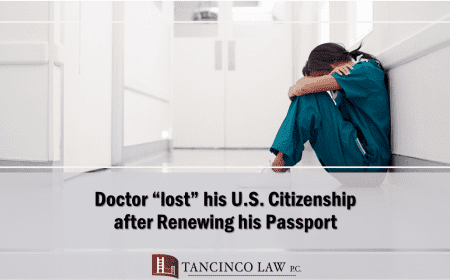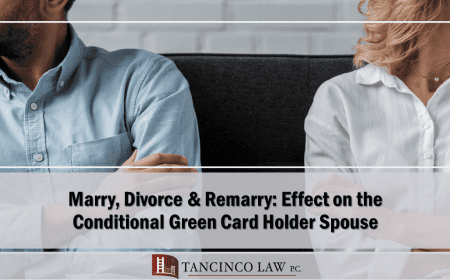notice is a threat by the lender to sell your property and evict you from the premises. In most cases, banks do not begin the process until the third payment is missed. If the homeowner cannot resolve the defaulted payment amount with the bank through forbearance or other loss mitigation measures, the bank will begin foreclosure proceedings.
Bankruptcy, on the other hand, is the process where a person legally declares himself as unable to pay his debts. Depending on the type of bankruptcy filed, one meets with a judge to determine a payment schedule, or, to have a legal bankruptcy discharge most if not all debts.
For individuals or married couples, the two most common forms of bankruptcy are Chapter 7 and Chapter 13.
Chapter 7 is mostly used by individuals who want a fresh start. In a Chapter 7 bankruptcy individuals will surrender all their non-exempt assets to the US Trustee but in return most, if not all, debts are discharged. For this reason, individuals who have little or no assets prefer Chapter 7 bankruptcy.
Individuals who do own some property or assets but find that their income cannot cover the payment for debts owed file chapter 13. In Chapter 13, the debt is restructured, and in some cases reduced so that people retain their assets but have reasonable payment schedule which they can make to debtors. Generally the court-ordered payments must be complied with in a timely manner in order to avoid the assets being seized.
Once bankruptcy is filed creditors have to stop any attempt to continue their collection activities. There is usually immediate relief from creditor harassment, and a bankruptcy can stop a pending foreclosure sale of your home, a garnishment of your wage or a threatened repossession of a car. Most creditors cannot call, write or sue you after you have filed bankruptcy.
Neither foreclosure nor bankruptcy is going to be easy. Generally a foreclosure will affect your credit for 7 years, while a bankruptcy will affect your credit for 7 to 10 years depending on the Chapter filed. But that doesn’t mean that foreclosure is necessarily the better option.
In the case of individuals whose only debt is the home mortgage obligation, then foreclosure may be the way to go. However, in the case of individuals, for example, who have credit card bills and other unsecured debts in addition to the home mortgage, the filing for bankruptcy protection may be a better alternative. This is because although a foreclosure may relieve that individual of a mortgage obligation, that individual will still remain liable for credit card debts and other unsecured debts as well as the bill collection activities that go with it. Will the debtor be able to continue paying on those credit card bills after foreclosure? Or would he rather declare bankruptcy and wipe out both the mortgage obligation and the credit card bills? Likewise, an individual may only be suffering a temporary or short-term financial setback and wants to continue staying in his home. In which case, a bankruptcy petition may still allow him to continue staying in the home and wipe out a huge portion of his unsecured credit card obligations.
The point is there really is no “one size fits all” recommendation for which is the least bad alternative. A person’s assets, liabilities and current financial condition have to be considered in order to determine the best possible course of action. Regardless of which course of action one desires, seek competent advice (not necessarily your neighbor, your friend, or your co-worker) from one who can discuss with you the choices you will face.
As of the date of the writing of this article, there is also a pending legislation in the US Congress to allow bankruptcy court judges to force the lenders to reduce the mortgage obligations of homeowners who seek bankruptcy protection. Such legislation has been approved in the House of Representatives and will be voted on in the Senate within the next few weeks. I will discuss this pending legislation in my future column.
(DISCLAIMER: material presented above is intended for informational purposes only. It is not intended as professional advice and should not be construed as such. Rey Tancinco is a partner at Tancinco Law Offices, a professional corporation with offices in San Francisco, Vallejo, and Manila. The law office website is at: tancinco.weareph.com/old. Rey Tancinco can be contacted at (800) 999-9096 or (415) 397-0808 or via email at: attyrey@tancinco.com.)




